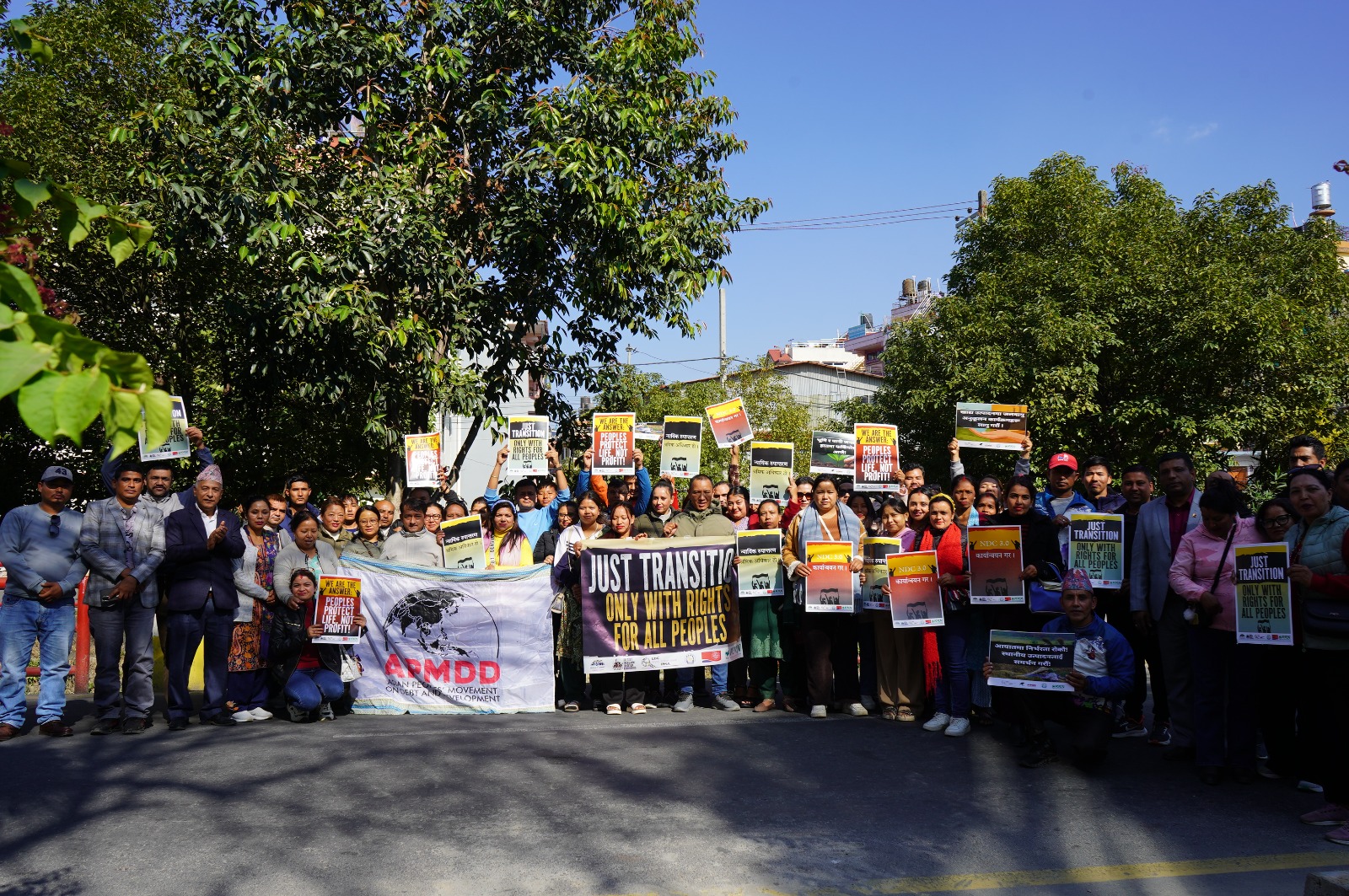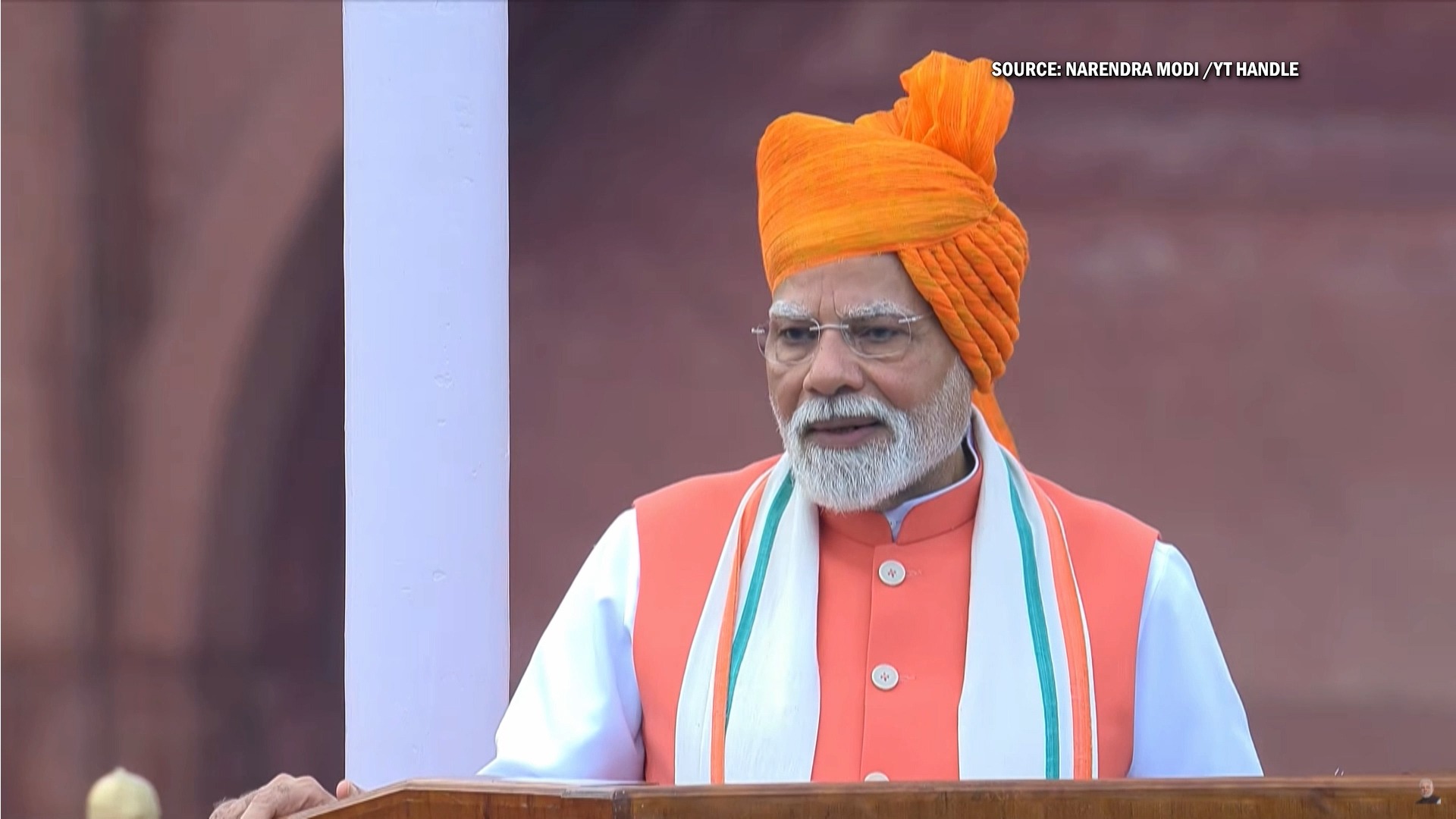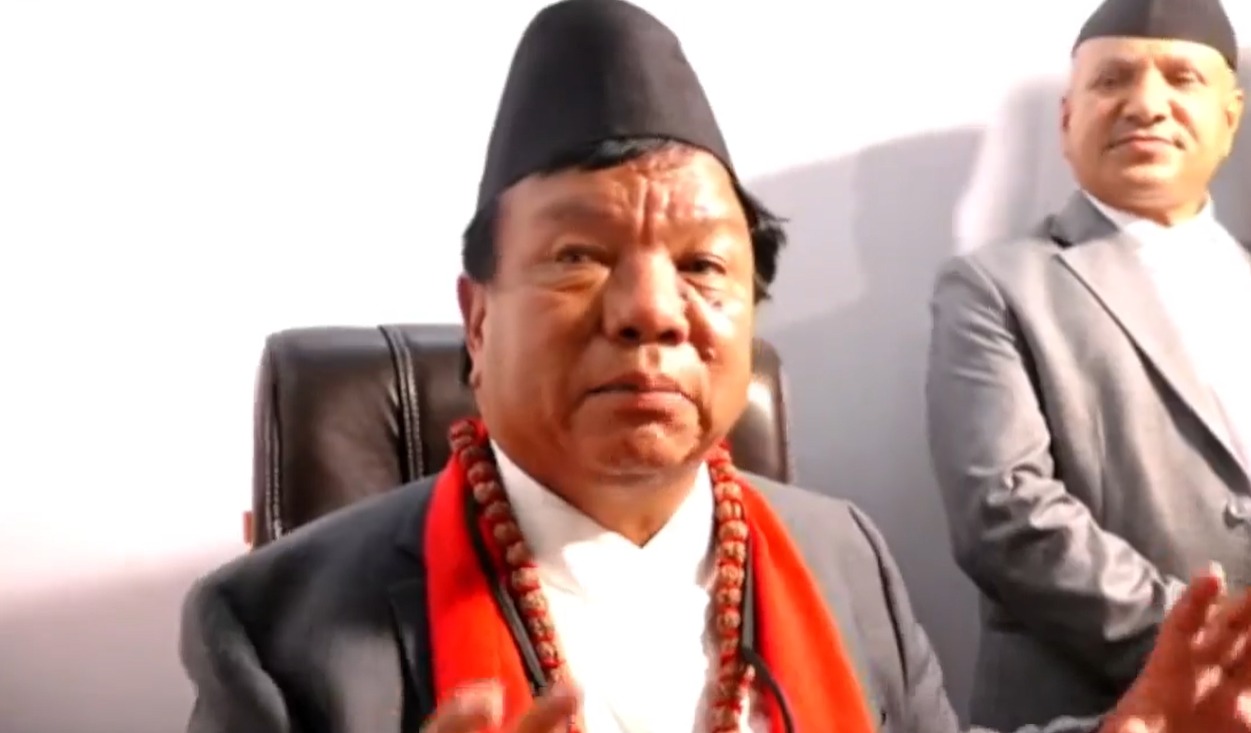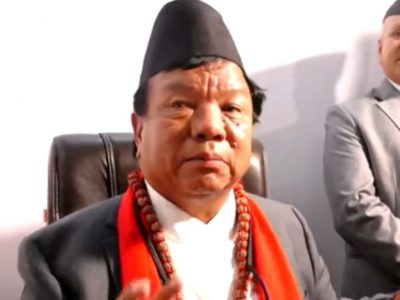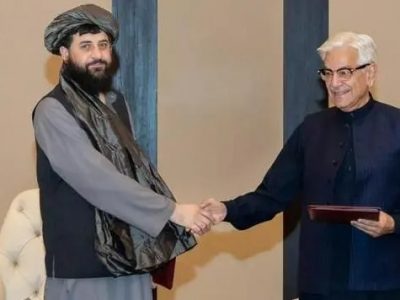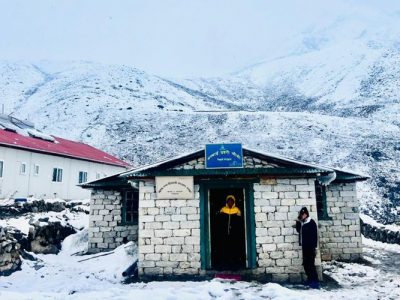Political Structure of Nepal: History, Crisis, and Prospects

Nepal’s political transition has been long—so prolonged, in fact, that “transition” itself feels permanent. Interim governments, parliamentary dissolutions, street movements, and disputes over constitutional interpretation have repeatedly destabilized the state. When we were in college, prior 2032 we were taught about the failure of multiparty democracy during the reign of the monarchy. Specifically, King Mahendra toppled the elected government or coup de’tat in 1960, citing political instability, and established the Panchayat system—a period that highlighted the fragility of democratic institutions and the limitations of party politics under concentrated royal authority. Although public awakening has ushered in waves of transformation, persistent discord among political parties has diluted each new hope.
Nepal’s political evolution has never followed a straight or effortless path. It is a story shaped by upheavals, sacrifices, reforms, and relentless struggle. Each turning point—from the harshness of feudal rule and the suffocation of autocracy to the hope born of mass movements—has collectively formed the backbone of the country’s present political structure. State power, constitutional foundations, party competition, and rising civic consciousness all place Nepal in a perpetual state of transformation.
A political structure is more than a set of rules inscribed on paper; it is a living system. Its breath is its citizens, its consciousness lies in the nature of governance, and its soul is the shared aspiration for justice, equality, and development. Yet the weaknesses of Nepal’s political architecture become evident when power concentrates in the hands of a few, when transparency in decision-making erodes, and when leadership becomes a tool for personal gain rather than public service.
Nepal’s political transition has been long—so prolonged, in fact, that “transition” itself feels permanent. Interim governments, parliamentary dissolutions, street movements, and disputes over constitutional interpretation have repeatedly destabilized the state. Although public awakening has ushered in waves of transformation, persistent discord among political parties has diluted each new hope.
Only four months remain for the interim government formed after Bhadra 27. The responsibilities of such a government—conducting elections, managing the transition, and guiding the nation toward stability—are clear. Yet persistent demands from political parties, calls to reinstate parliament, and attempts to postpone elections have challenged not only the legal framework but also public trust in the democratic process.
The separation of powers remains weak. The executive is overly dominant, the legislature is tightly bound by party influence, the judiciary faces allegations of political interference, and federal structures are still in their formative phase. Instead of promoting stability, these imbalances push the nation toward further conflict.
Deep-rooted issues—caste, class, identity politics, regional disparities, and widening economic inequality—further complicate the political system. Politics is not born only in the parliament; it emerges from every layer of society, often leaving behind new wounds. This makes it clear that structural reform cannot be achieved by law alone. Cultural transformation, civic education, and ethical leadership are just as essential.
Yet Nepal is not merely a story of disillusionment. It is also a story of resilience and rebirth—from the Malla era to Singha Durbar, from autocratic regimes to mass uprisings, from cycles of instability to constitution-making. Each political failure has yielded new lessons. Even today, the possibilities for renewal remain strong.
Rebuilding Nepal’s political structure requires firm grounding in three essential pillars:
Constitutional Clarity
To prevent political actors from exploiting ambiguity and discretionary interpretation.
Institutional Independence
Ensuring the autonomy of the judiciary, the Election Commission, the media, and local governments.
Citizen-Centered Political Culture
Shifting political consciousness from party-centric loyalty to nation-centered responsibility.
A political system does not mature overnight. It grows through the awareness, conduct, and responsibility of its citizens. Ultimately, the driving force of change is the people, and the stability of the state depends on their collective conscience.
Today, Nepal stands at a decisive crossroads—where the long transition can finally end, and lasting stability can begin. The future will not be shaped by political parties alone; it belongs to the citizens who have paid the price of change and now seek the dividends of stability.
Nepal can rise again—toward a more stable, inclusive, and just political order—if we all choose to shoulder our shared responsibility.
Facebook Comment
latest Video
Trending News
- This Week
- This Month


